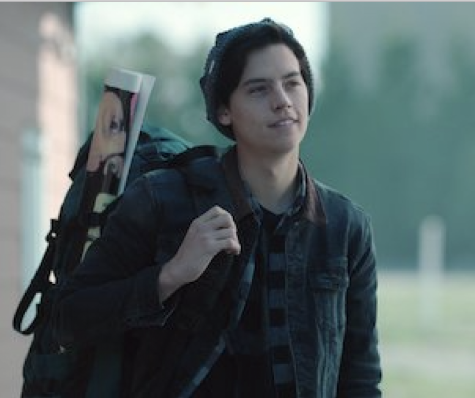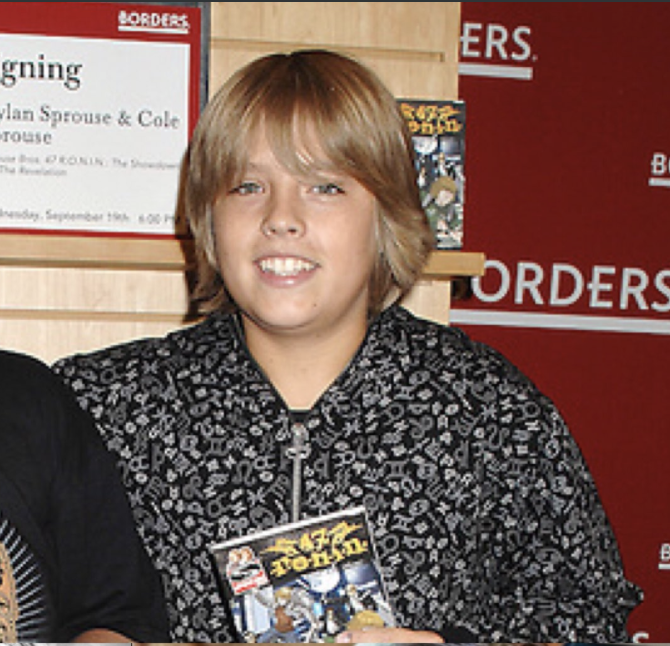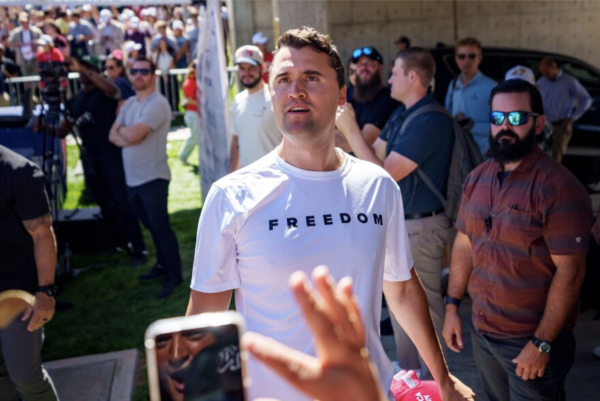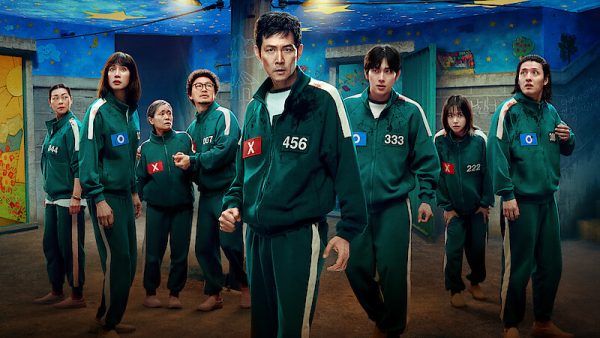She Doesn’t Even Go Here: The Negative Effects of Casting Twenty-Something Actors to Play Teenagers on TV
At age sixteen, Cole Sprouse had yet to mature physically and still looked more or less like a gawky kid.
Serena van der Woodsen. Jess Mariano. Finn Hudson. Jughead Jones. Spencer Hastings. Damon Salvatore. John B Routledge. What do all of these popular teenage TV characters have in common? The actors were in their mid-to-late twenties as their characters navigated high school.
It’s not a new concept to cast actors who are far older than the characters they play. Olivia Newton-John was 29 when she played 17-year-old Sandy Olsson in Grease (1978). A lot of the time, TV shows have good reasons not to want to cast minors. According to Marcia Ross, casting director of Clueless and 10 Things I Hate About You, “actors under the age of 18 need to have guardians on set and work a limited set of hours because of schooling.” Child labor laws mean that minors typically can’t work night shoots; in California, even those aged 16-17 can only work four hours on a school day. The network sometimes has to hire on-set tutors, so children are generally more expensive to have on set.
However, any actor 18 years or older can be legally treated like an adult. So why do shows tend to cast people in their late twenties rather than newly turned adults, and what effect might this have on the teenagers watching?
Consider even a show like Glee, which was designed to give a voice to the losers and the outcasts. It features a range of body types, and not every character is conventionally attractive. Even then, according to a Vice article, the average age gap between the actors and their characters was eight years, and not a single actor was eighteen years old or younger when the first season debuted.
Well, it’s painfully clear that the teens on the TV tend to look unrealistically conventionally attractive in comparison with today’s real-life teens. Part of this is due to the extensive makeup that is applied to actors before shooting. Rebecca Perkins, the makeup artist for Law and Order SVU, said, “every time the director yells ‘CUT!,’ someone like me runs in with blotting papers, sponges, brushes, and various tools to move that hair and makeup back into [the] perfect place.”
But another factor is that most teenagers today battle acne, dark under-eye circles, and growth spurts, something that the twenty-something actors don’t experience nor display. According to Rebecca Feasey, a gender, media, and film studies teacher at Bath Spa University “The lived reality of puberty does not play well on screen. This is not about aesthetics, but rather about continuity—continuity which would be challenged by developing bodies and deepening voices.”
For the teenagers watching, however, this can spark unrealistic expectations. Think especially of shows like Gossip Girl and Vampire Diaries, which create the illusion that everyone in the friend groups dates one another, and everyone in the high school is attractive. “It creates a false image of how a teenager should look,” Nadia Bitar (‘22) noted. “By showing younger audiences these fully grown-up actors, it’s easy for us to internalize that that is what we should look like at that age.”

Additionally, adolescents on television have entirely different lives than the average teen. Part of this is for dramatic purposes; a TV show where teens had totally normal lives would be boring. But they are almost never shown attending class or doing homework, and they rarely face repercussions for their actions. It’s like school is a side hobby to their life. They have time to chat between classes and time to go out for breakfast before school starts. They almost never speak to their parents (depending on the show), and they go to a different party every night. “I think I speak on behalf of most Bishop’s students when I say I wish I have all the extra free time characters in shows have,” noted Tanvi Ghosh (‘22).
The physical differences in appearance can also contribute to the watcher’s perception of the characters’ actions. It doesn’t seem as weird to watch their drinking or partying because they look like fully-fledged adults. Occasionally, TV shows will have plots such as teacher-student relationships—for example, Aria and Ezra on Pretty Little Liars. However, the viewer often doesn’t feel the weight of these plot lines because the characters both feel like adults. Aria was 15 and Ezra 22, but in reality, the actors were both in their twenties and only three years apart.
So what are some possible solutions that might help adolescents see themselves in the characters they watch? Ideally, this would involve casting actual teenagers with a range of ethnic backgrounds and body types. If the show takes place during school, they should either be shown occasionally in class or doing homework or, if not, at least suffering a blow to their GPA. If productions hope to circumvent child labor laws, they could cast 18-year-olds, not 30-year-olds. Changes need to be made, even if this means sacrificing some aesthetics or continuity, in order to help teenage watchers feel like their own lifestyle is accepted and represented on the TV.

Clare Malhotra was born in Boston, Massachusetts and moved to La Jolla at age nine. She is currently a senior, and this is her third year on The Tower....







